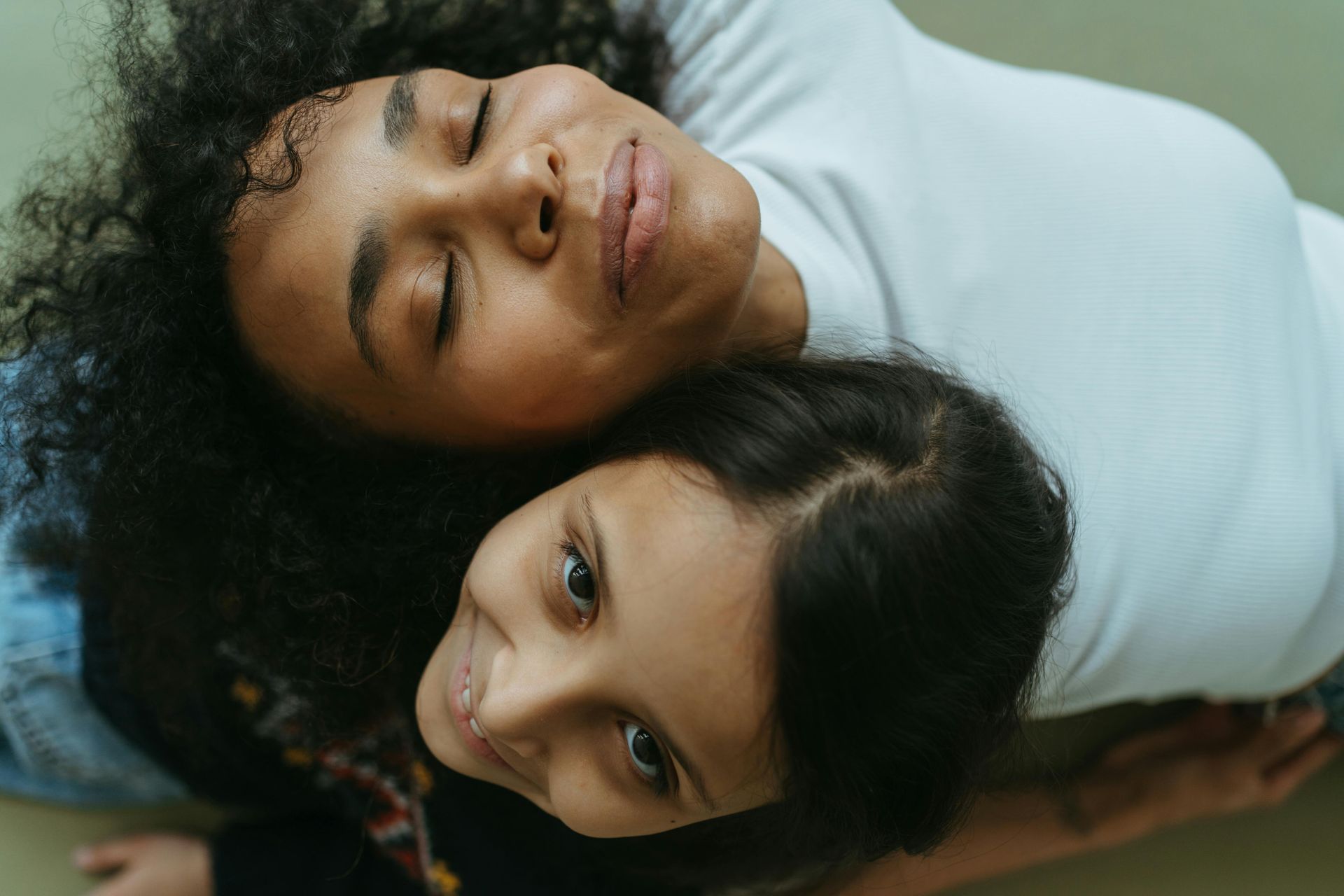Any experience that overwhelms a child’s ability to cope and leaves them feeling unsafe, helpless, or alone can have a negative lasting impact that may result in development of unhealthy patterns or behaviors.
By age six, children are more aware of relationships and social dynamics,
but they still lack the emotional tools to process complex or frightening situations.
7 COMMON EXPERIENCES
THAT CAN CREATE LASTING
NEGATIVE CONSEQUENCES FOR CHILDREN
4. Witnessing Violence or Conflict
🏠 The scenario: Domestic violence, community violence, or even frightening news reports.
🧸 What children often feel: Hypervigilance, fear, anxiety about safety.
5. Emotional, Physical, or Sexual Abuse
🏠 The scenario: Harsh punishment, verbal criticism, inappropriate touching, or manipulation by adults.
🧸 What children often feel: Shame, fear, confusion, and a loss of trust in others.
6. Medical Trauma and Hospitalization
🏠 The scenario: Illness, surgeries, emergency visits, or extended hospital stays.
🧸 What children often feel: Fear of losing control, dread of medical settings, anxiety around their bodies.
7. Bullying, Racism, and Social Rejection
🏠 The scenario: Teasing, exclusion, physical bullying, or discrimination.
🧸 What children often feel:
“Something is wrong with me.” Deep shame and social anxiety.
SCHEDULE A CALL TO LEARN IF EMDR CAN HELP YOUR CHILD
When “Normal” Childhood Experiences
Become Too Much
Jake's Story
Sarah noticed her 7-year-old son Jake hadn't been the same since his mother and father divorced six months prior. Once outgoing and confident, Jake now clung to her at school drop-off, had frequent meltdowns, and woke up with nightmares three times a week.
"He's just being dramatic," her mother-in-law suggested.
But Sarah knew something deeper was happening.
Olivia's Story
At 9-years-old, Olivia developed unhealthy behaviors that she would repeat each night before bedtime.
Her parent's noticed it started with her removing all of her dolls from her bedroom. Soon she began moving through the house before bedtime to check that all doors were locked and windows were shut. The behavior escalated over the next few months until Olivia was checking doors and windows multiple times. Olivia would tap the frame of the door or window consecutively 3 times before moving to the next.
When her parents questioned Olivia, she said nothing and could not explain the reason she felt compelled to engage in this odd behavior. It seemed to come out of nowhere and it was getting worse as time went on. Olivia's parents did not know what to do or how to help her.
If your child has experienced something difficult and hasn’t seemed quite the same since, or if they are exhibiting unexplained behaviors out of the blue, it may be time to seek help. Research shows that 1 in 4 children will experience a potentially traumatic event before age 16—and many of these experiences happen during what we think of as “normal” childhood.
The good news? Human brains are incredibly resilient.
With the right support, your child can heal and thrive again.
Worried your child may be struggling?
🚨 Warning Signs Your Child May Be Struggling
Children rarely say “I’m traumatized.” Instead,
they show us through behavior, such as:
🧠 Trust your instincts—you know your child better than anyone.
If they’ve changed, it’s worth paying attention.
How EMDR Therapy Helps Children Heal
Eye Movement Desensitization and Reprocessing (EMDR) is a breakthrough therapy originally developed for trauma survivors—now successfully adapted for children as young as six.
What Makes EMDR Different?
- Uses playful and nonverbal techniques to process distress
- No pressure to retell the trauma in detail
- Helps rewire the brain’s memory of the event
How EMDR Works with Kids
Step 1: Building Safety
Toys, art, or games help create a warm, safe space.
Step 2: Identifying the “Stuck” Memory
Your child tells their story through play—not pressured conversation.
Step 3: Bilateral Stimulation (The Magic of EMDR)
While thinking about the difficult memory, the child engages in gentle, rhythmic activities:
- Eye movements (watching a moving light or toy)
- Alternating hand vibrations
- Knee tapping or headphones with alternating tones
Step 4: Installing Positive Beliefs
Once distress fades, new beliefs are reinforced:
- “I am safe now.”
- “It wasn’t my fault.”
- “I am strong.”
🌱 Children often describe EMDR as ‘playing games’ or ‘doing puzzles’—but the internal transformation is profound.
What Parents Notice After EMDR
How to Talk to Your Child About Difficult Experiences
✅ Do:
- Listen patiently
- Say:
“That sounds scary. I’m here with you.”
- Reassure them it’s not their fault
- Keep routines consistent
🚫 Don’t:
- Say:
“It wasn’t that bad.”
- Push them to talk or “get over it”
- Show your own fear or overwhelm
- Force them to relive the memory
Let’s work together to help your child feel like themself again—
curious, confident, and ready to embrace all the joy childhood should hold.
P.S. EMDR is effective for many populations. If you want to learn more about EMDR in general,
check it out here.















